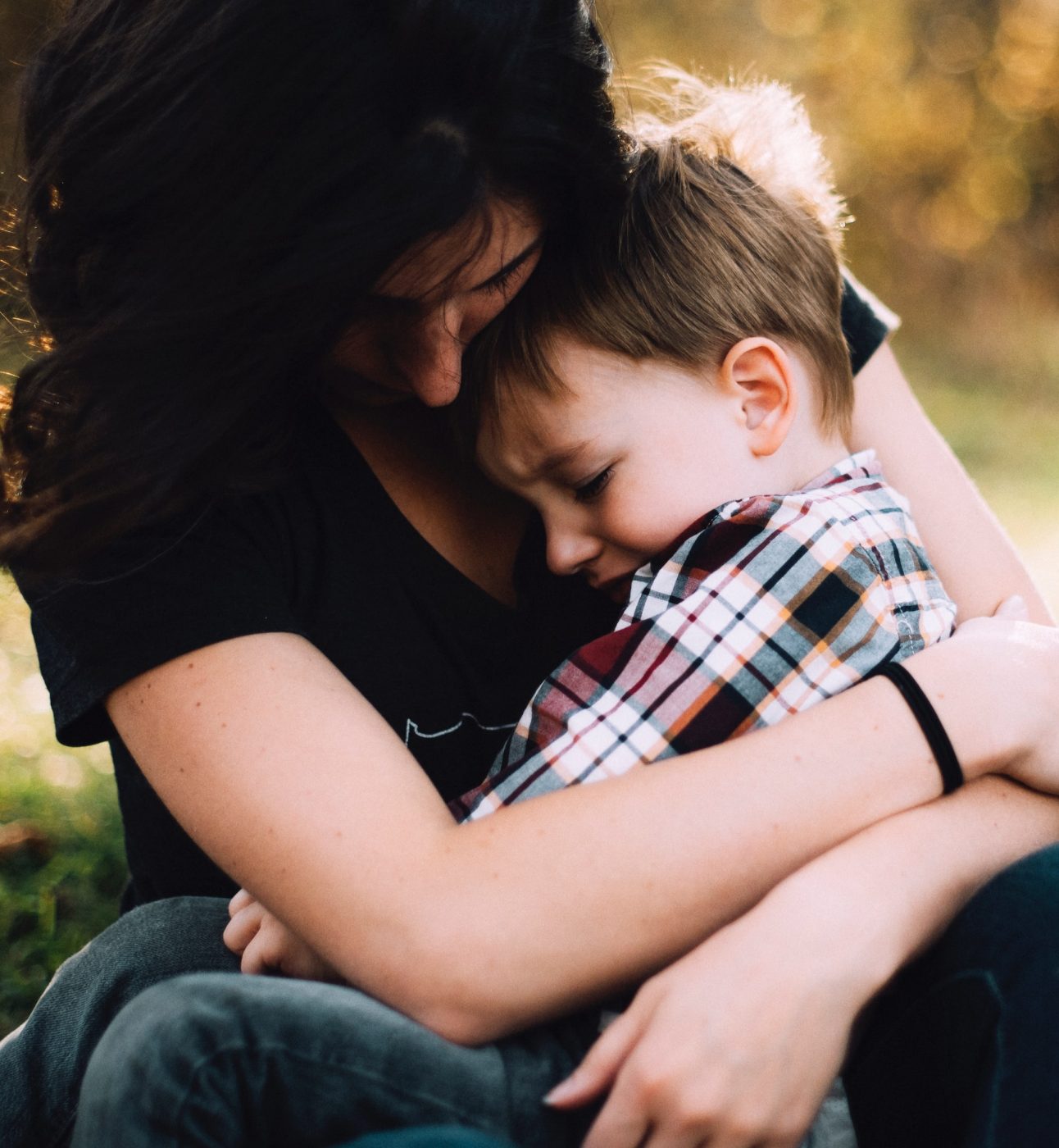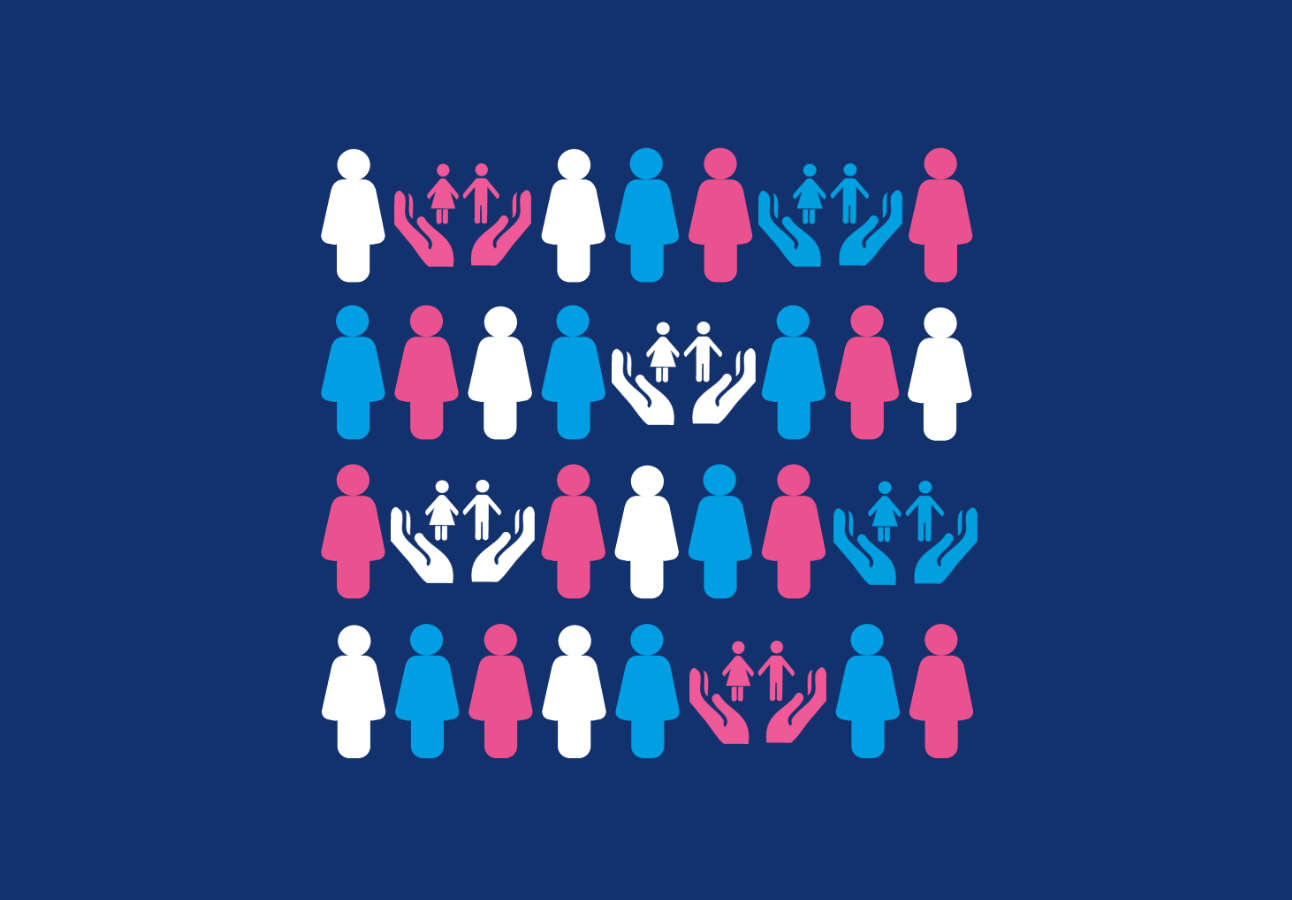
Different planets
Collette Eaton-Harris, SafeLives’ Senior Knowledge Hub Advisor, reflects on the Three Planet Model and its relevance to frontline practitioners. Collette previously worked with women age 14–25 experiencing domestic abuse and, since joining SafeLives, has helped develop our YPVA training course.
Some years ago I came across Marianne Hester’s Three Planet Model which describes how the response to a family experiencing domestic abuse differs greatly depending on whether you work in domestic abuse, children’s social care or within the family court system. Each sector is in effect its own planet. Each has its own way of framing the problem, its own culture, its own language. Even to the extent that who is held responsible for ending or resolving the abuse differs. Hester described how, bouncing between these planets, are women and children who find inconsistency and contradictions; just the type of environment in which perpetrators can hide and abuse.
The theory made a lot of sense to me as someone in frontline practice. I reflected upon the ways in which the culture of my planet, the domestic abuse planet, contributed to missed opportunities to work closely with social workers. How meaningful collaboration and improved outcomes for families could have been achieved if both planets moved closer together and understood each better.
I remember a social worker challenging me on why I had not made a safeguarding referral for a child whose mother I was supporting. There were indicators of serious neglect in the home, which never having been to her home, I had not seen. ‘You’re a domestic abuse worker, you’re working in her home aren’t you?’. I realised that this particular social worker, and I suspect many more, didn’t understand the role of a domestic abuse outreach worker, and as consequence had an inaccurate idea of the type of support women were getting. I realised the social worker was applying a ‘neglect lens’ and had not considered that there may be a relationship between the abuse mum was experiencing and the state of the house.
I realised that meeting women once a week, for an hour, in a public space, or speaking with them over the phone, restricted what I knew. I needed to talk to them more holistically, and I needed to explore how the domestic abuse was impacting on their parenting. I could also be proactively explaining to social workers what the support I could offer looked like; not assuming they’d know.
Attendance at child protection case conferences is another good example of where I could see my own planet’s culture needed to shift. For many years the accepted default was that domestic abuse workers would not attend. And if we did, we went as emotional support to women, but not to contribute and certainly not to vote. Of course, there will be occasions where having a domestic abuse worker present in a meeting with a perpetrator is unsafe. And even when attending, there are many ways of managing what is shared to prevent increasing risk. But a culture of a blanket non-attendance was problematic.
In a multi-agency meeting focused on domestic abuse, a key voice, the domestic abuse specialist, was absent. And when we attended only as an emotional support, our power was greatly reduced. Social workers did challenge this; ‘how can we really understand what’s going on unless you’re there to tell us?’. Over time I saw changes, we were encouraged to engage more with ICPCs. And when there were concerns that risk might be increased by our presence, there were some sensible solutions such as split meetings, sensitive information shared in a restricted way or managers attending on our behalf to protect our anonymity.
Sometimes I knew that a mother really didn’t want me to vote for her children to be put on a plan and I knew that I needed to. I had to think very hard about how I explained my decisions, how I maintained the relationship with her and how to face up to my urge to avoid challenging conversations with the mothers I supported. It was never pleasant, never easy.
However, I always felt that attending had been beneficial to that mother, not least because it enabled me to challenge the uncomfortable intensity in which mothers were scrutinised whilst the abuser seemed largely invisible and almost irrelevant to social services.
I remember one meeting where the social worker was scrutinising the mother’s attendance on our group work programme for survivors. She questioned her non-attendance at 3 sessions, (due to child care and public transport). Yet we skipped over any scrutinising of what he (the perpetrator) had been asked to do. I queried this, to which the perpetrator responded ‘you can’t ask me because it’s counselling and it’s private’. I had to push for scrutiny of his counselling attendance and encourage checks to ensure the counsellor was appropriately qualified and understood the dynamics of domestic abuse. After all, this was no more than had been expected of mum who wasn’t responsible for the violence. I could see how adept he was at manipulating professionals and being at the meeting gave me a good opportunity to challenge it.
Significantly, many social workers qualify with no more than a couple of hours ‘training’ on domestic abuse. Given that child protection professionals estimate domestic abuse to be a feature in over 90% of the families they work with, this cannot be ok. We cannot expect practitioners to work confidently and skilfully when we’re not equipping them appropriately. No wonder it can feel like we’re on different planets. So what’s the solution? Training is not an entire solution, but immersive, intensive training of social workers supported by systemic changes to the culture they work in is a really good place to start. And at a more micro individual level, inviting someone to sit on your planet for a while and shadow your work is an achievable step in the right direction we can all make.
You may be interested in


Parenting through domestic abuse spotlight

